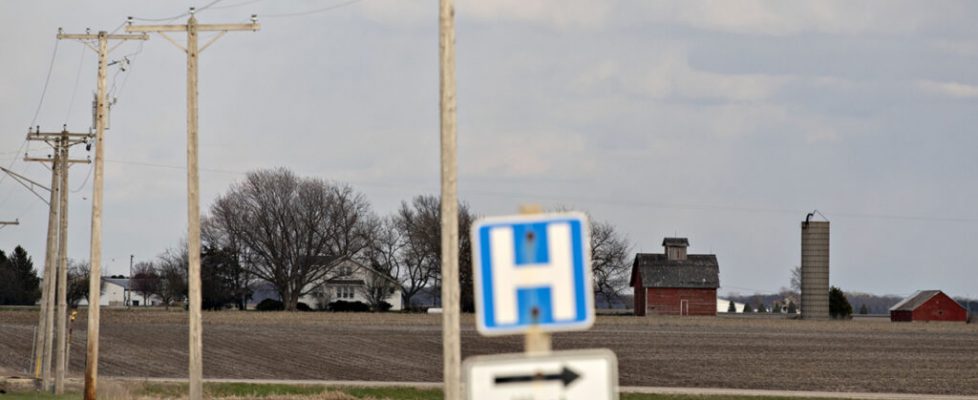Telehealth: The new frontier
Crises have the unique power to both unearth long-simmering problems and unmask raw potential. I think it’s fair to say that the COVID-19 pandemic (an indisputable crisis) has managed to do both.
While it has revealed fissures in our healthcare system — infection control issues in congregate settings, and healthcare disparities among races and between urban and rural environments, to name a couple — it also has thrown a spotlight on the talent that was hidden in plain sight. The latter includes the dawning recognition of telehealth.
There was no question telehealth was growing as a healthcare delivery option before the pandemic hit, given the cost of healthcare. Thanks to the pandemic, however, telehealth undeniably is booming.
The latest news from Amazon Care hits home this point. The app-based service for Amazon employees now will be available in all 50 states. Given the impact Amazon has on our daily lives, the new reach of the company’s employee telehealth service may be just as significant — particularly for the home health and home care fields.
Another endorsement came this week when the Medicare Payment Advisory Commission, or MedPAC, advised Congress about the need to extend the use of Medicare telehealth for two years after the end of the public health emergency. There is a need, they said, “to gather more evidence about the impact of telehealth on beneficiary access to care, quality of care, and program spending to inform any permanent changes.”
To be clear, telehealth is not perfect. There are challenges to resolve, such as how to protect local healthcare entities from out-of-state competition.
But one thing seems certain: When the pandemic wanes, there will be more technology available everywhere to help seniors connect with their healthcare providers from the safety of home.

